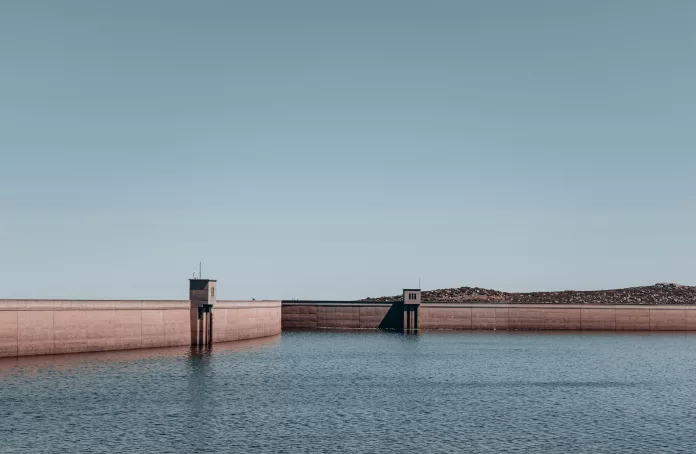Amid a rapidly changing energy landscape, researchers from Oak Ridge National Laboratory (ORNL) and the University of Tennessee, Knoxville, have introduced an innovative algorithm with the potential to revolutionize grid stability. This advanced tool harnesses data from pumped storage hydropower (PSH) projects to deliver essential insights into electric grid reliability, especially vital in the face of escalating reliance on fluctuating renewable energy sources.
The Bedrock of Modern Hydropower
Pumped storage hydropower plays a pivotal role in our energy infrastructure, operating as both a consumer and provider of electricity. By transferring water between reservoirs at different elevations, PSH facilities can store energy during periods of low demand and discharge it when the need arises. The action of water spinning the turbines bestows a crucial asset to the grid: inertia.
Unlocking the Power of Inertia
Inertia is the force that maintains equilibrium in the energy supply chain, a force predominantly generated by the kinetic energy of traditional power plants. Yilu Liu, who is spearheading this project, denotes that inertia is vital, and the PSH projects’ predictable shutdowns offer a stable signal that can be used to calculate this property across the grid. This helps in forecasting and mitigating potential instabilities brought about by the grid’s shift to renewable sources, like wind and solar, which inherently provide less inertia.
Creating a Grid-Tuned Symphony
Renewable sources, when integrated with the grid, pose a challenge—they are connected via inverters that don’t provide the traditional inertia mechanism. This can render the grid less able to handle sudden changes, such as those caused by extreme weather or unexpected surges in power demand.
Algorithm Meets Grid Monitoring: A Synergistic Solution
The team’s breakthrough algorithm capitalizes on both PSH signal patterns and data from cost-effective, broadly deployed grid sensors known as FNET/GridEye. This dynamic duo enables precise real-time estimation of grid inertia, aiding in preemptive measures against grid volatility.
Intuitive Visualization for Grid Operators
An intuitive visualization interface has arisen from this research, enabling grid operators to seamlessly monitor inertia levels. This innovation is helping utilities and power authorities, mainly in the western and eastern United States where PSH is well-established, to manage grid stability proactively.
The Future of Grid Awareness and Resilience
Liu emphasizes the increasing importance of such tools as we move toward an energy future dominated by renewables. These advances are catching the eye of key industry players like utilities and the North American Electric Reliability Corporation, showcasing how integral hydropower is to our electricity ecosystem.
Aligning with initiatives like the Water Power Technologies Office‘s HydroWIRES and supported by the Department of Energy, this project is a testament to the ongoing commitment to enhance grid reliability and resilience through smarter integration of hydropower. With the unwavering support of Oak Ridge National Laboratory’s management entity, UT-Battelle, and the DOE’s Office of Science, these researchers are at the forefront of tackling some of the most critical energy challenges of our era.

























